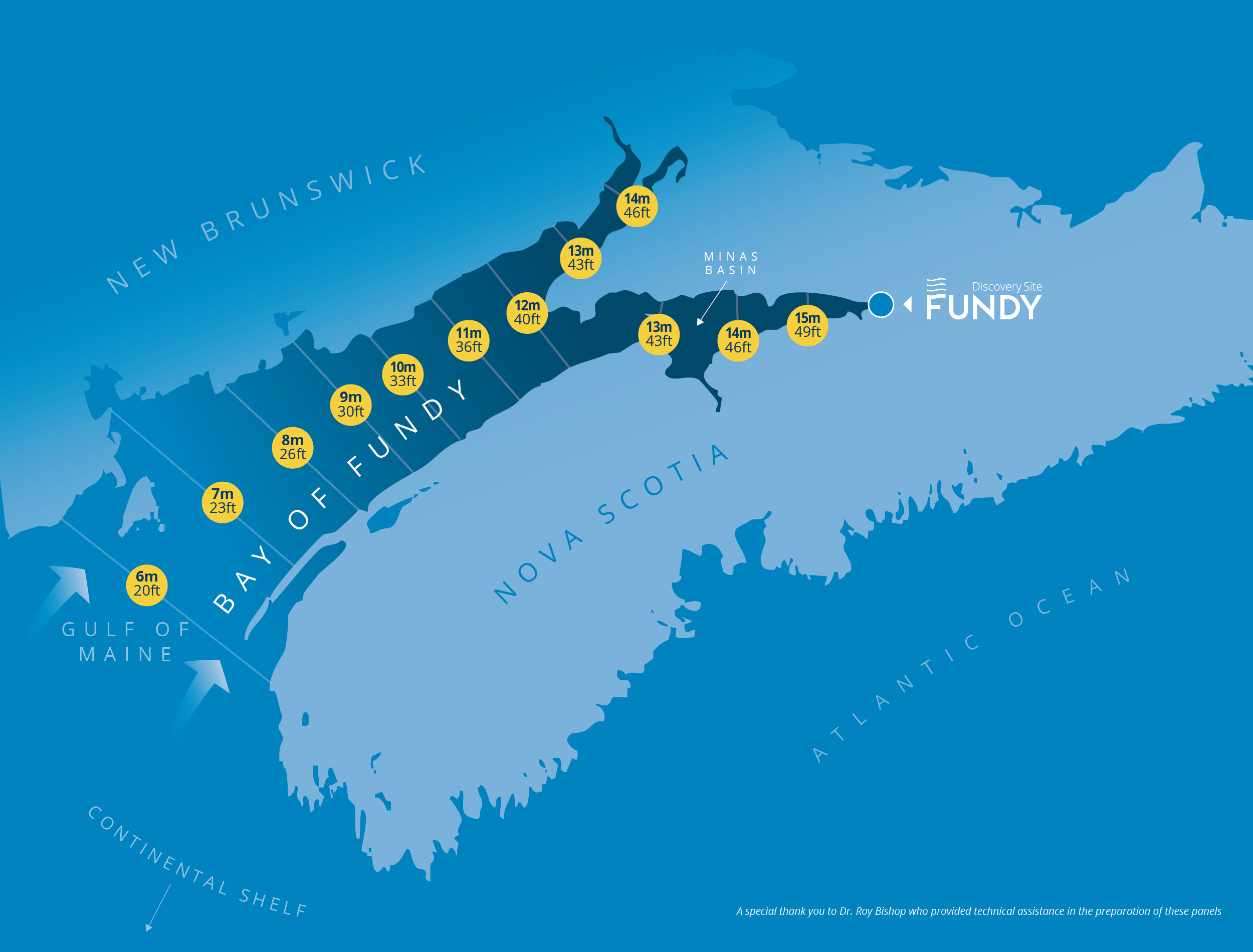
Pjila’si, Welcome, Bienvenue
The Cliffs of Fundy UNESCO Global Geopark in Nova Scotia, Canada, is nestled on the north shore of the Minas Basin in the Bay of Fundy. Here you will discover the world’s highest tides, learn about fascinating history, and explore a globally unique landscape offering adventure at every turn.
GEO
Heritage
Safety
Tips
GEO
Sites
Trail
Guide
Local
Food
Membership
The Mi’kmaq have inhabited these shores for more than 11,000 years, and still live here today. The Cliffs of Fundy is the home of the legendary Kluskap and steeped in his legends. The origin of the Five Islands, the Three Sisters, and the special significance of Partridge Island (Wa’so’q) are but a few of these stories and places. The Cliffs of Fundy Geopark is the perfect place to practice “Two-Eyed Seeing” - where indigenous oral history and western scientific explanation are seen with equal value and respect, with eyes open to each. The Cliffs of Fundy seeks to honour the ethical space and cultural geoheritage of Mi’kmaw peoples.
With dozens of impressive geosites within a 165 km drive, visitors learn about Earth’s incredible natural history including the best example of how supercontinent Pangea was formed and broke apart; the oldest dinosaur bones in Canada; highest tides in the world; and a magnificent landscape steeped in Mi’kmaw legend, Acadian lore, and a vibrant arts, food, and musical culture.
There are “Three Pillars” which make this geopark globally unique:
Highest Tides
This megatidal region in the Bay of Fundy has been recorded to reach heights of over 16 meters. That’s taller than a five storey building, and sets the record for World’s highest tides!
Mi’kmaw Land
The part of Mi’kma’ki represented by the Cliffs of Fundy is steeped in Mi’kmaw history and legend.
Supercontinent Pangea
Our Geopark showcases the story of Pangea, both the birth and breakup of this supercontinent, better than anywhere in the World.
Students learn about the Fundy Rift Valley at Thomas Cove Geosite on a Geotour in Economy Nova Scotia. Image courtesy of Leah Benetti

This is Mi’kmaq Land
All of what we now know as Nova Scotia is “Mi’kmaki”; the unceded traditional territory of Mi’kmaq and L’nuk peoples, who have inhabited this place for more than 11,000 years and still live here today (that’s over 370 generations). This territory is covered by the “Treaty of Peace and Friendship” which Mi’kmaq, Wolastoqiyik (Maliseet) and Passamaquoddy Peoples first signed with the British Crown in 1725. The treaties did not deal with surrender of lands and resources but in fact recognized Mi’kmaq and Wolastoqiyik (Maliseet) title and established the rules for what was to be an ongoing relationship between nations. The Region of Mi’kmaki encompasses all of what we now call Nova Scotia, Cape Breton, PEI, New Brunswick and the Gaspe Peninsula of Quebec, as well as parts of Maine and Massachusets.
All people, whether local or visitors, are treaty people.
Interactive Map
Virtually explore the Geopark! Please zoom in on areas and click on icons for expanded info. Links will be in descriptions to relevant resources and websites for our Geosites and Geopark Partners.
If you plan to go out, please be careful and pay attention to important safety messages posted at sites. It is important you stay back one school bus (~10 meters) from the edges of all cliffs, and always review tide times (specific to the location you are visiting) which can be found at https://fundydiscovery.ca/tides-tidal-bores/
The Five Islands
Five Islands that lend themselves to the name of the community and Provincial Park form one of the iconic sites of the aspiring geopark.
The Three Sisters (Eatonville)
The volcanic past of the Cape Chignecto coast leads to differential erosion of igneous intrusions and the formation of sea stacks.
Cliffs of Fundy Welcome Centre
Located centrally in the Geopark, The Cliffs of Fundy Welcome Centre is full of information and historical records from the area.
The Old Wife (Five Islands)
The cliff face seen from the beach at Five Islands Provincial Park preserves Basalt lava flows that filled the desert rift valley formed between the separating continents as Pangea broke apart.

Kayak Tours at Spicer Cove with NovaShores Adventures
Packages and Experiences
Join local guides on a series of truly east-coast experiences in the Cliffs of Fundy UNESCO Global Geopark. Local businesses have partnered for unforgettable and authentic experiences for every kind of traveller. Find more offers on NovaScotia.com
Geopark Event Calendar
We’re proud to be hosting Nature Nova Scotia’s Celebration of Nature here in the Geopark May 23-25, 2025 at the Debert Hospitality Centre. This annual gathering of naturalists from across the Maritimes involves a series of talks, guided walks, a youth program, and great opportunities to network and explore the Cliffs of Fundy. If you are passionate about nature register and learn more here.


















